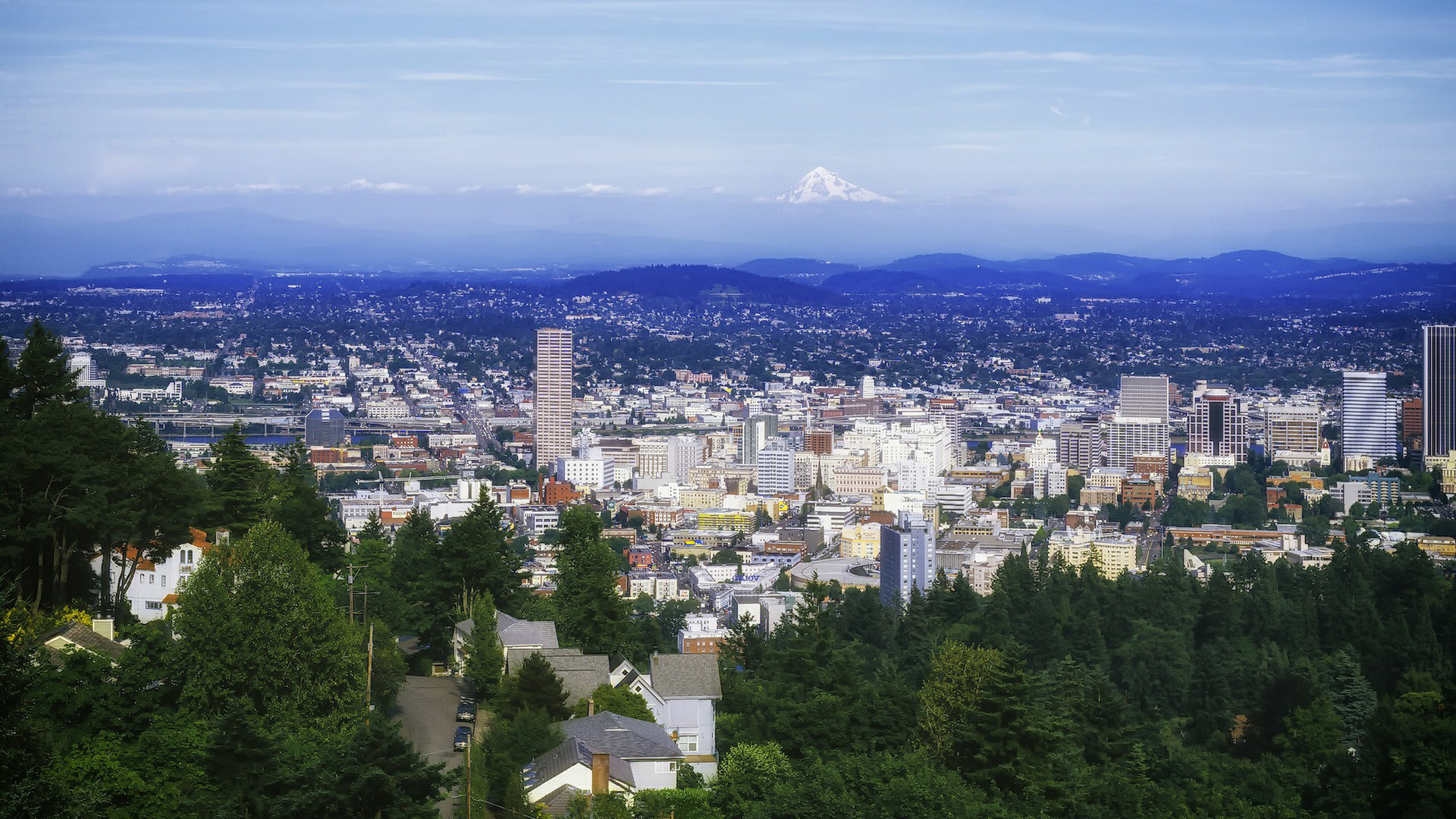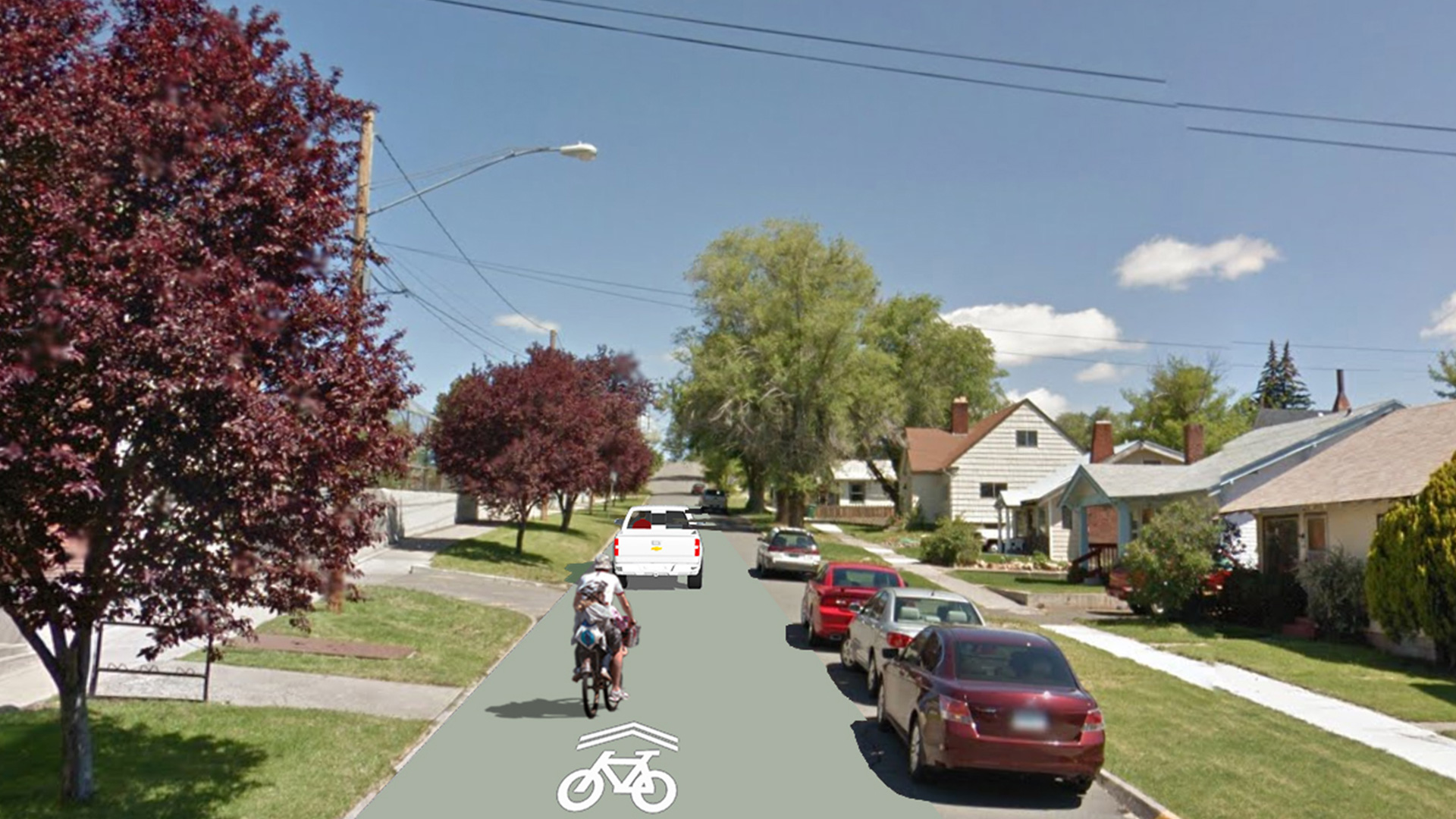Challenge
In Fall 2022, the City of Boston announced a 9.4-mile expansion of bicycle facilities planned to begin implementation in 2023. The announcement was Boston Mayor Michelle Wu’s first roll-out of a three-year bike program. To build the case for the network expansion, Boston Transportation Department (BTD) wanted to tell the story of the accessibility benefits and share the “look and feel” of the bike lanes proposed to be built in 2023.
Solution
In support of the City of Boston’s announcement, Kittelson analyzed how the bike network expansion would improve access to everyday destinations across the City and created visualizations of the proposed changes on 18 corridors. This included creating and implementing a method to quantify how new high-comfort bike facilities would increase access to jobs, schools, libraries, supermarkets, health centers, and parks. Kittelson developed web-maps in ESRI ArcGIS Online to support Boston’s creation of a public StoryMap showing the location of new facilities, resident densities, and accessible destinations.
The Outcome
Getting a Community Out of Their Cars
Several community organizations and institutional partners endorsed Mayor Wu’s bike network program, and BTD is working to implement 9.4 new miles by the end of 2023 with Kittelson’s help on some of the design work. After the expansion, Boston residents will have bike access to approximately 130 acres of public parks, 20% more jobs, 20% more schools, 80% more libraries, 30% more supermarkets and food stores, and 40% more hospitals compared to the 2022 existing bike network. You can view the city’s project announcement here.



